
I followed this white-headed capuchin monkey for a while in forest near my accommodation at Drake Bay, Corcovado National Park
 Exactly a year ago, I arrived in Costa Rica’s steamy, tropical bird and animal paradise. UK weather was pants, as it usually is at this time of year and looking out of the window today, yep, I confirm it’s pants again today. Stopping off via New York was a very chilly experience and the contrast when arriving in sunny, warm Central America was stark and welcome from the drabness I’d left behind.
Exactly a year ago, I arrived in Costa Rica’s steamy, tropical bird and animal paradise. UK weather was pants, as it usually is at this time of year and looking out of the window today, yep, I confirm it’s pants again today. Stopping off via New York was a very chilly experience and the contrast when arriving in sunny, warm Central America was stark and welcome from the drabness I’d left behind.
Last year I wrote three blogs about my trip to Costa Rica (part 1, part 2, part 3) detailing the first two parts of the trip in Northern Costa Rica near the Nicaraguan border and subsequently the quest for the resplendent quetzal in Monte verde. I never did get around to the final part of the journey, which was spent in an idyllic location in the south west of the country: Corcovado National Park.
Wild Planet Photo Magazine asked me to write an article for them on the Corcovado National Park, so that seemed a natural way of rounding off the story of my thoroughly enjoyable sojourn in Latin America’s biological jewel, which is reputed to have the highest density of species anywhere on the planet.
My coastal location included beautiful marine habitat with whales and dolphins playing in the azure water in front of our boat. Deserted sandy beaches with hermit crabs backed onto lush palm forests, which in turn developed into various types of thick forest and river systems that harbour all manner of varied creatures. I should say that those deserted sandy beaches were a little more hair raising whenI considered that there were bull sharks close in to shore. This type of shark is very aggressive and comes close to the shore, waiting until the tide lets them into the rivers to hunt for fresh-water fish. A dip to cool off wasn’t an option for me. I got maybe knee deep before chickening out. I spent some time with my guide at a river mouth watching the various animals and birds, including the black fins of bull sharks as they entered the river. Chilling but thrilling. American crocodiles also peppered the river-banks, so perhaps not a place to skinny dip either.
Encountering monkeys was quite common and I had a chance to get some nice facial expressions on the capuchins. As long as I kept a certain distance, they were fine with me following them around.
I even got a chance encounter with a rare Baird’s tapir, the largest tapir in the world. This creature the size of a cow and with the smell of a horse munched its way through the vegetation as I excitedly shot a sequence of pictures.
You may already be aware about the abundance of bird life in Costa Rica. The place is famous with birders. There is such a variety of birds that it seems everywhere you turn, there’s a new species vying for your attention. I particularly loved the rufous-tailed jacamar, which seem to be the archetypical angry bird as it stared at me. I’ve left the humming birds to a previous Wild Planet article and have blogged about plenty of toucans already, so here are the creatures of Corcovado National Park.
Dive in to the 18 page article and enjoy 🙂
Pura vida mi amigos!


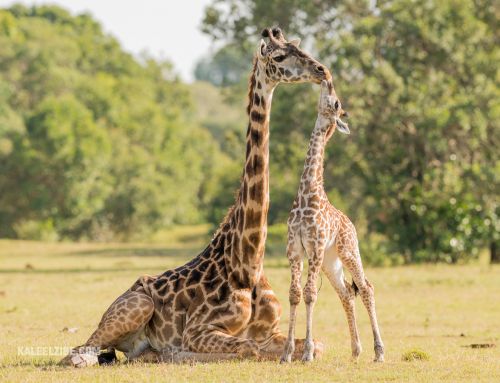
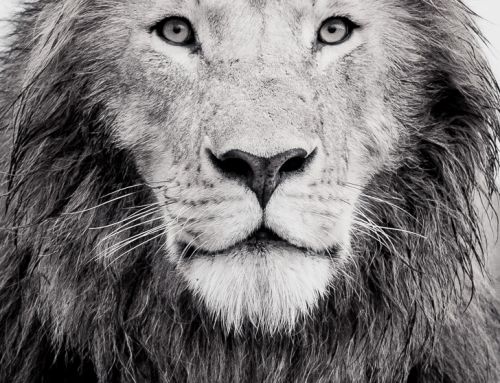
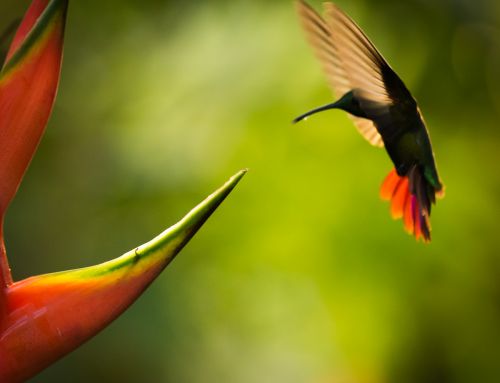
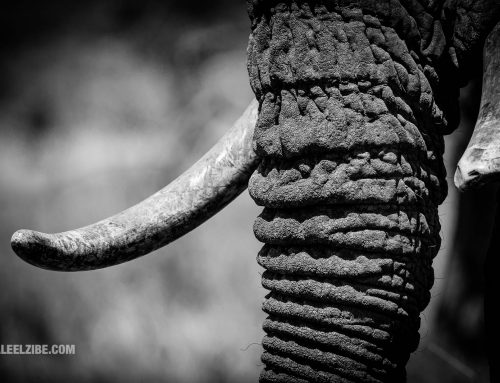
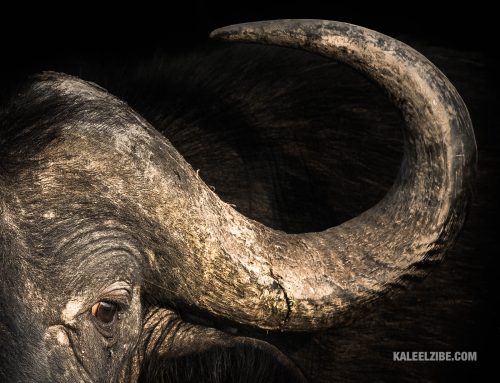
Leave A Comment